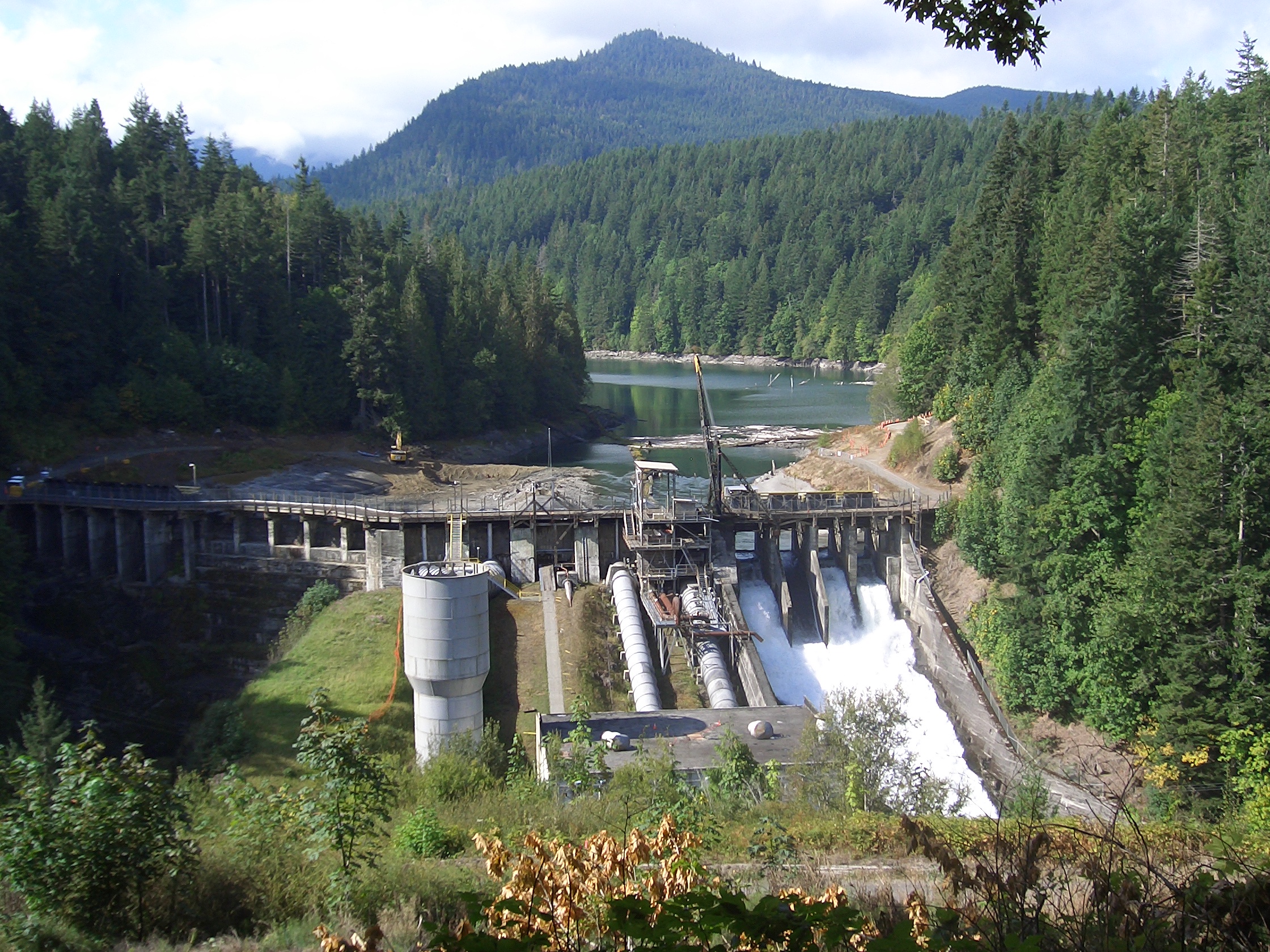History of Dam Removal
The Elwha Dam, located on the Elwha River, WA, which finished founded in 1913, was aimed to create big hydroelectric power plant. However, After the construction of thedams, the lower reach of the river saw a drastic decrease in sediment delivery. This led to a net erosion of the riverbed, including the gravels needed to create suitable habitats for spawning. Replacement gravel was trapped in the sediment load behind the dams. These gravels are considered an essential resource for restoration of salmon habitats. The delta at the mouth of the river, where it enters the Strait of Juan de Fuca, also saw a net erosion effect, confirmed by local tribal leaders.
To restore the ecosystem, The Elwha River Ecosystem and Fisheries Restoration Act of 1992 created funding and government support for mitigation of the dams on the Elwha. Removal of the dams on the Elwha River has been a long process. Physical removal started on September 27, 2011 and was completed August 26, 2014. There is uncertainty about how the river will transform itself and what period of time will be involved. Because so few dam removal projects have been accompanied by scientific study, perhaps fewer than 20, this project will be a model of the effectiveness of dam removal on this scale. If restoration of the river is successful, it could encourage a movement towards the restoration of natural stream morphology through the removal of larger dams. Most fish populations are expected to make a return to the river. While fish may return to the river as soon as a year after the removal is complete, it may take 15 to 20 years for the river to fully return to its pre-dam conditions. The ultimate goal of the dam removal is restoring the river to a nearly pristine state.
Main article from Wikipedia: Elwha Ecosystem Restoration

Before removal (09/17/2011)
During removal (02/14/2012)
After removal (05/23/2013)
Evolution of Elwha River Delta
After the removal of dam, the sediment discharge has increased a super high level, so that many sediment deposited at the Elwha river delta and nearby coastal and submarine region. If you want to see the evolution of the delta, choose the info below, and you will see the evolution of the delta. The current data are only available from 2013 to 2017 based on Landsat 8 satellite images, and more detailed evolution will be updated later.